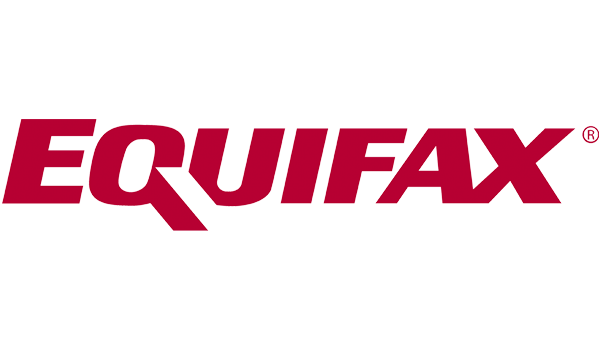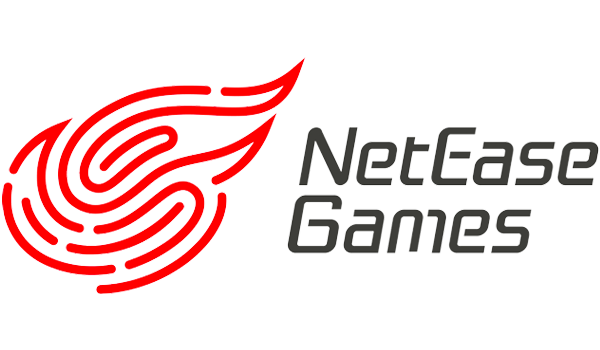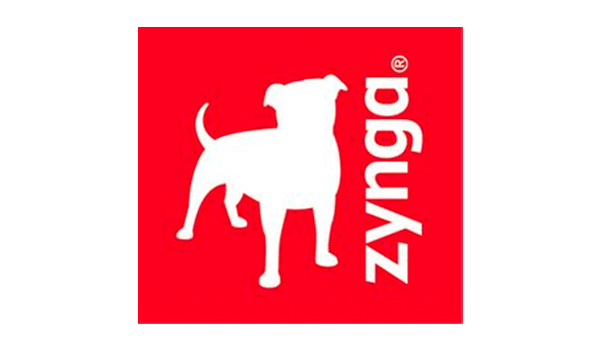
Some of the most significant recorded cybersecurity breaches affected organizations with a surprising thing in common: their router and network firewall security were fully compliant with industry and government standards. On paper, they should have been safe.
One of the fundamental truths of bureaucracy is that the larger an organization gets, the more slowly it moves. It’s true of government and military bodies, and it applies to the private sector as well. Smaller groups and individuals can create new threats far more adeptly than the organizations that certify solutions, so it’s critical to stay ahead of bad actors.










Be secure, and compliance will fall into place. Just be compliant, and you’re only secure against yesterday’s threats. Securing your network and data means connecting your network firewalls and routers. In this post, we’ll look at some strategies that can help reduce your IT network and information security risks.
Physical Devices
Workstations, laptops, smartphones, servers, and even the cables your data moves through are all potential vectors for network intrusion. Physical devices must be protected to maintain robust router and network firewall security. There are a few things you can do to ensure your network is as safe as possible:
Create Use Policies
Work with your team or outside experts to establish policies that define acceptable technologies and where in your infrastructure they can exist.
Establish Controls
- assess ongoing incidents
- anticipate future problems
- investigate incident causes and responses
Assign Responsibility
- assess vulnerabilities
- maintain software
- review and update configurations
Review Configurations
Regularly review device configurations and update software for wireless access points, firewalls, switches, and routers.
Limit Permissions
Restrict permissions for critical parts of your network to those who:
- need the access to perform their job
- have appropriate skills
- are sufficiently reliable
Monitor Access Points
Keep tabs on who is accessing your system remotely and from where.
- Changing your network could mean a physical change, like adding a new device, or a software-related change, like a firmware or anti-virus update.
- Your device manager can be from any level of the organization, but they need to be empowered to enforce your policies to be effective.

Operating Systems
Your operating systems should be continually updated to leverage the power of new technologies, fix bugs, and address security vulnerabilities discovered throughout their lifecycle (often because those vulnerabilities were exploited).
- Remove all unnecessary programs
- Regularly download and install service packs
- Ensure your OS is regularly patched
- Define access and password rules for all users
Apply the Principle of Least Privilege
“Every program and every privileged user of the system should operate using the least amount of privilege necessary to complete the job.”
— Jerome Saltzer, Communications of the ACM
Maintain Detailed Hardening Standards
Log Configuration Changes
In the last section, we discussed the value of using a control program to guard physical infrastructure. It’s also essential to record who makes changes to your systems. This frequently missed step can be helpful when determining whether an event is the result of a security incident, human error, or authorized action.
Change Default Settings
We all do it. We change the settings we want to change and leave others the way they came — especially if we aren’t sure what they do. Unfortunately, your systems have a lot of settings that affect sub-systems in ways you wouldn’t expect. Leaving network settings in their default state gives potential intruders a door to which they may already have the key. Every setting you change makes things more challenging for them and makes you safer.
Encrypt. Encrypt. Encrypt.
Encryption makes it far more difficult for cybercriminals to use any data they successfully intercept, but many encryption protocols have already been broken to the point of obsolescence. Stay current using these best practices:
- Disable web-based management (if you aren’t using it)
- Verify that your certificates are strong and accepted
- Disable Telnet and clear text protocols
- Use the latest SSH whenever possible
- Establish a VPN
Tips: Check with your network administrator to determine whether your current encryption protocols meet your needs and schedule regular security reviews. It’s better to be too secure than to lose essential assets or time.

Be sure to include the software of networking devices in your updating schedule. Installing a new version when your OS updates isn’t always necessary, but it’s essential to protect against the most current threats, making regular patching a crucial part of your defense against intrusion.
Remote Console Timeouts
Support NTP
Disable Unused Interfaces
Verify Downloads
Restrict Inbound/Outbound ICMP
Enable Anti-Spoofing Rules
Traffic Rules
Traffic rules dictate what’s allowed to pass in and out of your network. They’re an instrumental part of your router and network firewall security strategy. Let’s look at some steps you can take to reduce the risk of data and other assets being lost or accessed via your network.
Use Approved Ports and Services
Ensure no one can find unprotected access points directly or via unreliable software. Work with your network administrators to maintain a list of approved ports and services.
Limit Traffic
Avoid “Any”-Based Rules
Is Your Network Firewall Security Really Secure?
Contact AIS Network’s experts today if you have questions about network firewall or router security. We’re here to help protect your business-critical infrastructure.

